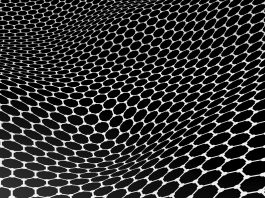Researchers led by the Spanish National Research Council (CSIC) has designed new hydrogels that facilitate the growth of T-lymphocytes (T-cells), which are used to destroy tumour cells in cancer immunotherapy.
These newly developed hydrogels provide high rates of cell proliferation by mimicking lymph nodes, the glands in which T-cells reproduce. The research team have filed a patent for this technology and have started a project that aims to use 3D printing techniques to produce the hydrogels.
The 3D hydrogels are made of polyethylene glycol (PEG), a biocompatible polymer used in heparin, an anticoagulant agent. In this case, the polymer provides the structure and mechanical properties necessary for T-cells to grow, while heparin is used to anchor different biomolecules of interest, such as cytokine CCL21, a protein present in the lymph nodes and which has a major role in cell migration and proliferation.
Supporting the immune systems of cancer patients
Cancer immunotherapy is based on strengthening the patients’ immune system so that it recognises and fights tumour cells, without damaging healthy tissues. One of the possible treatments, adoptive cell therapy, consists of extracting the T-cells from the patients, modifying them to make them more active, making numerous copies of them and injecting them back into patients. Although adoptive cell therapy has shown promise in in vitro assays, this type of immunotherapy does not work if the patient experiences any changes to their tumours as the T-cells have been edited for a specific purpose. The T-cells produced by the CSIC 3D hydrogel could adapt to changes in tumour structure due to the cells being naturally produced by the body.
The 3D printing project aims to create large hydrogels compatible with clinical bioreactors, in order to expand T-cells in a more efficient way. The researchers will develop the prototype in the laboratory and make the first experiments for the validation in the clinical phase. Currently, the project is looking for industrial partners, mainly biomedical and pharmaceutical companies, and investors interested in creating a spin-off company to transfer this technology and make it available in hospitals.









